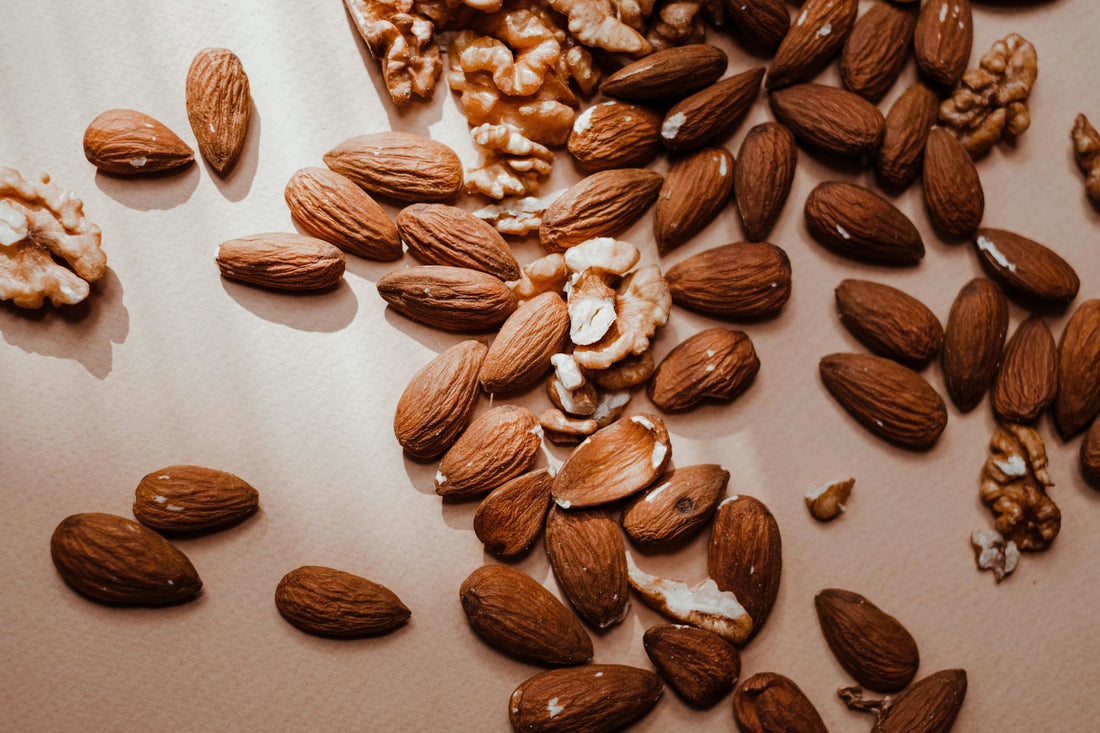
30 High Fiber Foods You Should Eat
Share
Fiber, a type of carbohydrate, plays a significant role in maintaining and boosting health and well-being. It may not be the most glamorous, but the benefits of having enough fiber are plentiful.
So the next time you go shopping, take a look at the below high fiber foods and keep these in mind next time you go grocery shopping.
Types of Fiber and Why It Matters
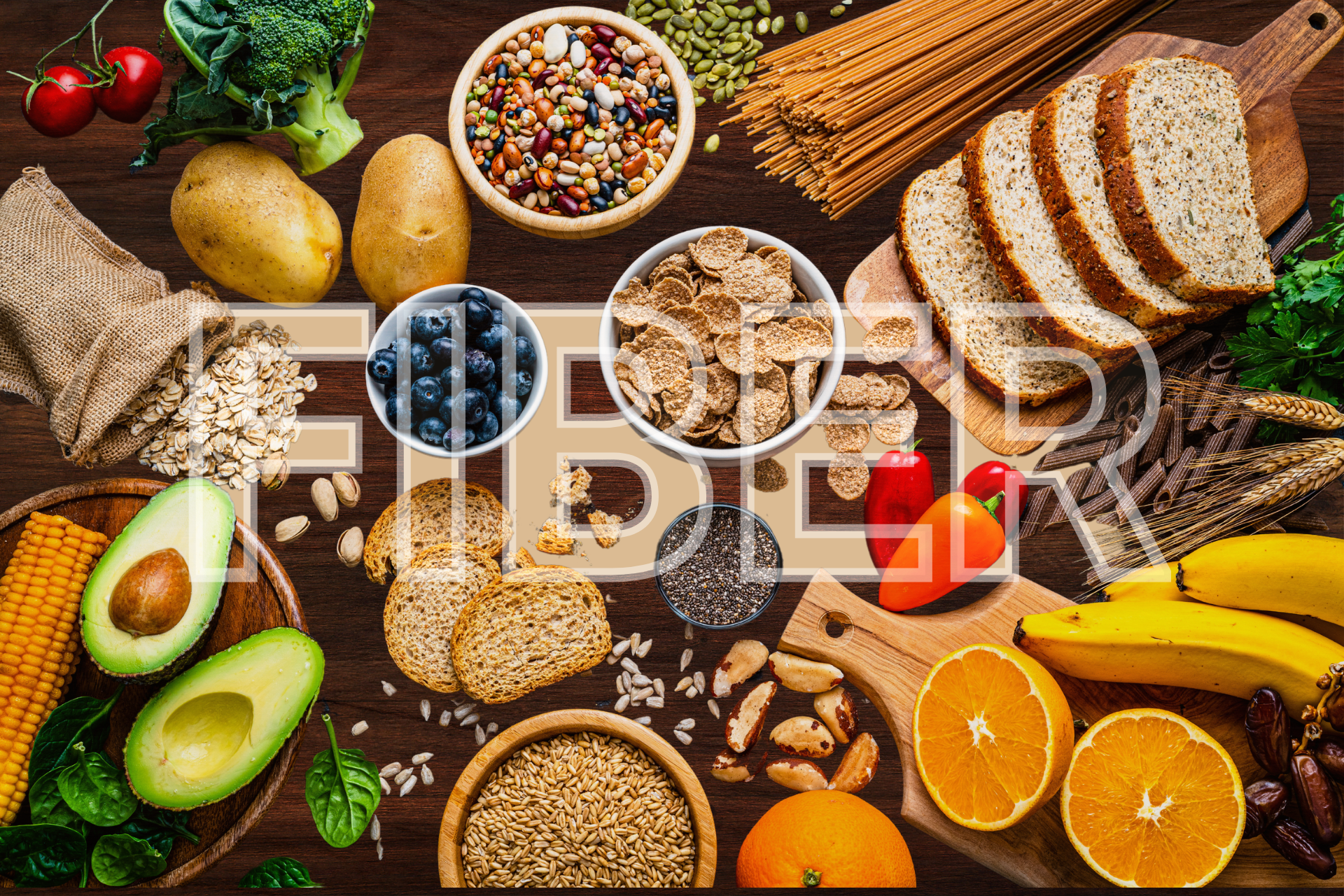
There are two different types of fiber, both of which are important for overall health, digestion, and preventing diseases.
Numerous studies have been completed over the years, with evidence pointing to a lower risk of heart disease, stroke, type 2 diabetes, and bowel cancer with eating plenty of fiber.
The American Heart Association Eating Plan suggests dietary fiber intake should be between 25 to 30 grams a day from food, not supplements. Currently, Americans are said to be eating half the recommended amount.
Soluble Fiber
Soluble fiber absorbs water during digestion and increases stool bulk.
It can be found in fruits, vegetables, legumes, barley, and oats. This form of fiber has been shown to reduce total blood cholesterol levels and may improve blood sugar levels in people with diabetes.
Insoluble Fiber
This type of fiber doesn’t change during digestion and promotes normal movement of intestinal contents.
It can be found in fruits with edible peel or sides, vegetables, whole grain products, bulgar wheat, cereals, bran, brown rice, and buckwheat.
Fruits High in Fiber
Apples
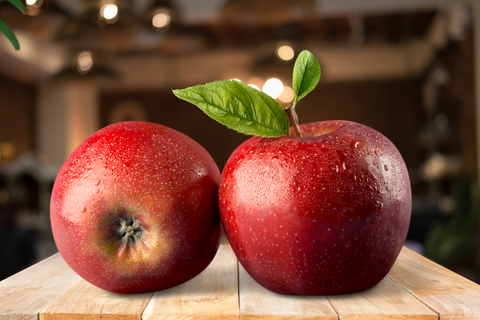
No wonder the saying ‘an apple a day keeps the doctor away’ is so popular…apples can do a lot for you. They contain pectin, a fiber that breaks down in your gut. The apple skin has fiber too, so be sure to eat the whole apple to reap the full benefits.
Scientists give apples credit for helping with lung strength, the heart, brain, gut health, the immune system, and so much more. There’s around 2.4g of fiber in a 100g quantity of apples.
Blueberries
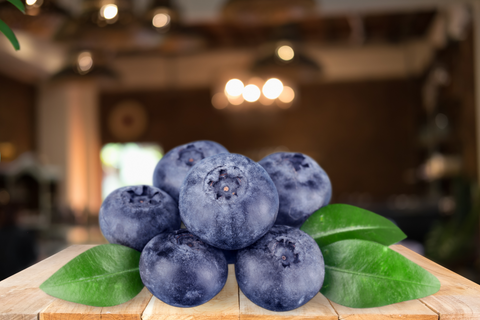
Vibrant in color, blueberries are full of antioxidants and fiber. Just a cup can give you almost four grams of fiber and having them frozen is fairly similar which is a great way to save some bucks.
So grab a handful when you’re having your morning porridge and it’ll make for a healthy start to your day.
Pear
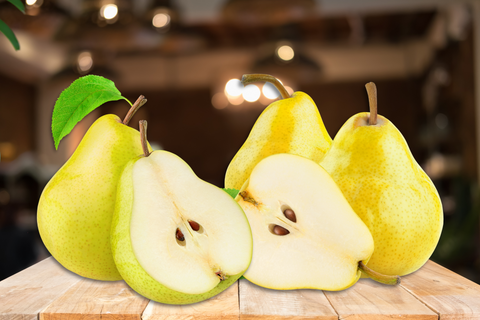
Rich in antioxidants, plant compounds, and dietary fiber, pears are a handy snack to incorporate into your diet. This powerhouse fruit contains nutrients that can help fight inflammation, promote gut and heart health, protect against certain diseases, and potentially even aid weight loss.
When eating, don’t get rid of the peel! This harbors much of the goodness that is beneficial.
Raspberries
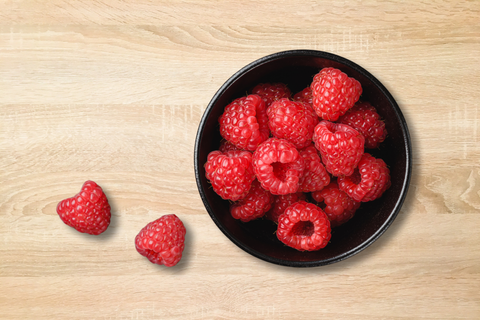
Moving further into the berry family…raspberries have become the poster child for high-fiber fruits.
One cup has around eight grams of much-needed fiber. And in addition to that, these fruits are bursting with other phytonutrients like flavanols, procyanidins, and ellagitannins.
Avocado
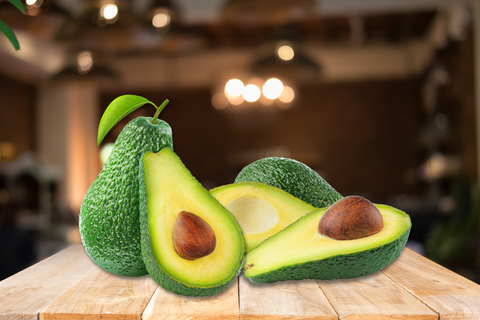
There’s around 6-7g of fiber per half fruit of avocado! You may hear some people say ‘they’re so high in fat, they can’t be healthy…’ but this is monounsaturated fat. This is often classed as ‘good’ fat because it can help lower bad cholesterol (as long as you eat it in moderation.)
They’re pretty filling too. In one study, people who added a fresh avocado half to their lunch were less interested in eating during the next three hours than those who didn’t have one.
Kiwi Fruit

These fuzzy little things are sweet and tart at the same time. For people looking to buy in bulk, to save some cash, you can actually keep unripened kiwi in the fridge for up to six weeks.
There are around five grams of fiber per cup of sliced fruit.
Oranges
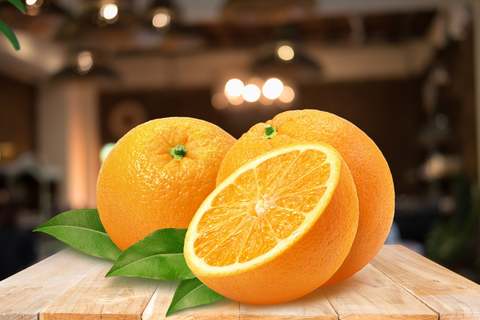
These small packable snacks are often praised for their immunity-boosting vitamin C, but they’re a fairly good source of fiber too - considering their size.
A medium orange should give you around three grams of fiber.
Vegetables High in Fiber
Broccoli

As part of the cabbage family, along with kale and sprouts, broccoli is an excellent source of soluble fiber. It contains high levels of sulforaphane as well which is a plant compound and phytochemical that may lower your risk of chronic health conditions or cancer.
There is 2.6g of fiber in a 100g quantity of broccoli.
Carrots
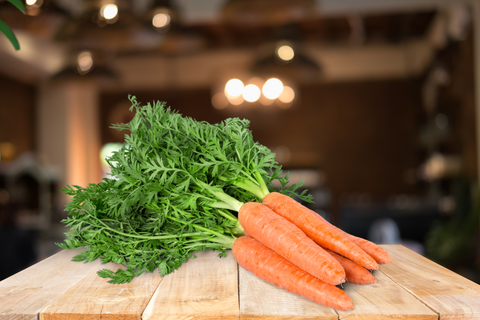
Carrots are an amazing source of beta-carotene, fiber, vitamin K1, potassium, and antioxidants. They contain very little fat, so are weight-loss friendly.
Pectin is the main form of soluble fiber in carrots and they contain vitamin A, biotin, vitamin K1, potassium, and vitamin B6 too.
There is 2.8g of fiber in a 100g quantity of carrots.
Spinach
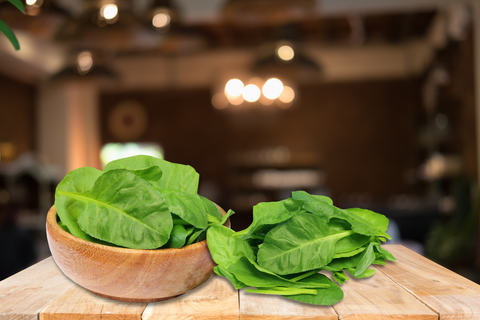
Generally, the darker the vegetable color, the higher the fiber content. That’s why spinach is one of the best.
This leafy green should be a staple of everyone’s diet. It’s low-calorie, full of nutrients and fiber, and can actually lower blood pressure. This is because it’s high in potassium. There’s around 2.2g of fiber in a 100g quantity of spinach.
Beetroot
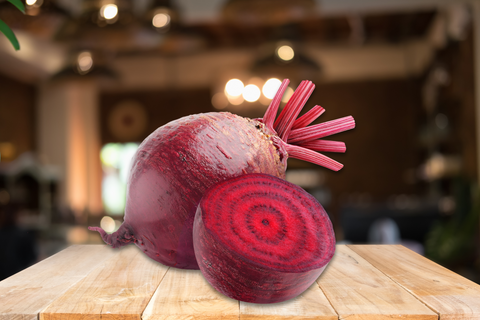
These root vegetables are full of both types of fiber: soluble and insoluble. They’re rich in nitrates, along with fiber, which is said to widen blood vessels and reduce blood pressure.
When vessels are widened, this reduces blood pressure as the flow of blood can be increased. There is 2.8g of fiber in 100 grams of beetroot.
Collard Greens
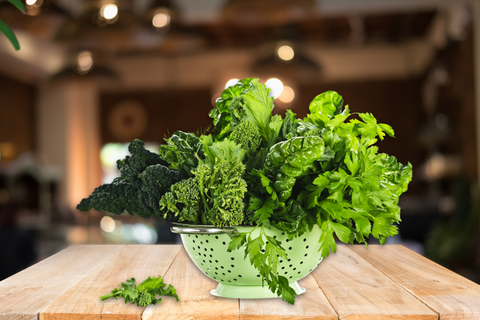
Going back to the darker the vegetable color, the better it is in terms of fiber - hence why collard greens are one of the best. One cup will give you nearly 8 grams of fiber.
Artichokes
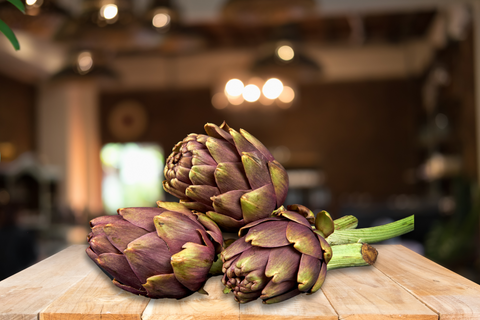
Artichokes boast tons of goodness. They’ve got fiber, vitamin K, folate, vitamin C, and magnesium, and are a good source of manganese and potassium.
To get the full health benefits of artichokes, pull the leaves off and scrape off the ‘meaty’ part with your teeth.
Potatoes
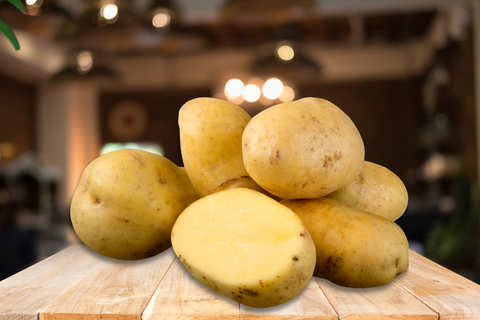
For all of the carb lovers amongst us, medium potatoes with the skin on have around 3.6 grams of fiber.
You have to keep the skin on to reap the most benefits though as there’s just over 1 gram of fiber in the skin alone. Steam or bake them if you’re going to be enjoying this hearty vegetable.
Whole Grains High in Fiber
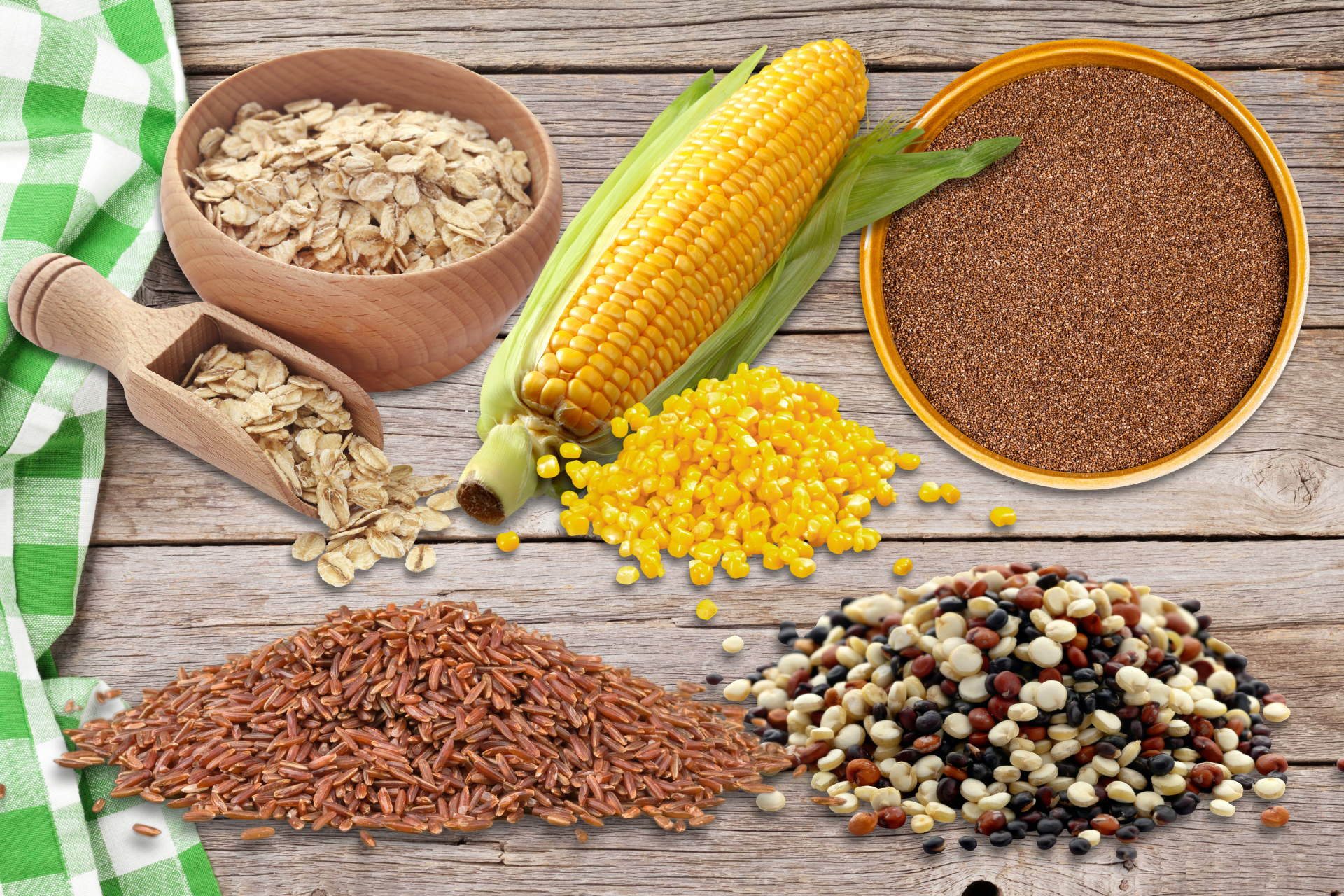
Oats
Oats are one of the healthiest grains, as they’re a source of important vitamins, minerals, antioxidants, and of course fiber. It’s fair to say the nutrient composition of oats is extremely well-balanced. They have anti-inflammatory and even anti-itching effects too!
So when you’re next considering what to have for breakfast, head for the old trusty oats.
Quinoa
Quinoa feels like the cool auntie of rice and it’s often said to be the ‘superior’ grain over its rice companion.
It’s rich in fiber and protein and has a much higher amount of other nutrients than rice.
Brown Rice
Rice remains a staple in the human diet and is a key part of a balanced diet within over 100 cultures. If you’re eating a lot of it, try and opt for the brown rice variant over white as it’s healthier.
The outer layers of brown rice, the bran and germ, are home to most of the vitamins and minerals which you don’t get in white rice. There is 1.8g of fiber in a 100g quantity of brown rice.
Corn
While often categorized as a vegetable, corn can also be considered a grain. This has plenty of fiber and has both kinds too - insoluble and soluble.
Due to this, eating corn can aid digestion and gut health. It’s a great gluten-free option too.
Teff
Teff is a little unknown as it can be harder to find than other grains, but it’s a gluten-free grass seed. It may be tiny, but it sure is mighty as it contains dietary fiber, with high levels of insoluble fiber. Teff flour packs up to 12.2 grams of dietary fiber per 100 grams.
This staple in Ethiopian cooking is best served in porridge or stew.
Legumes
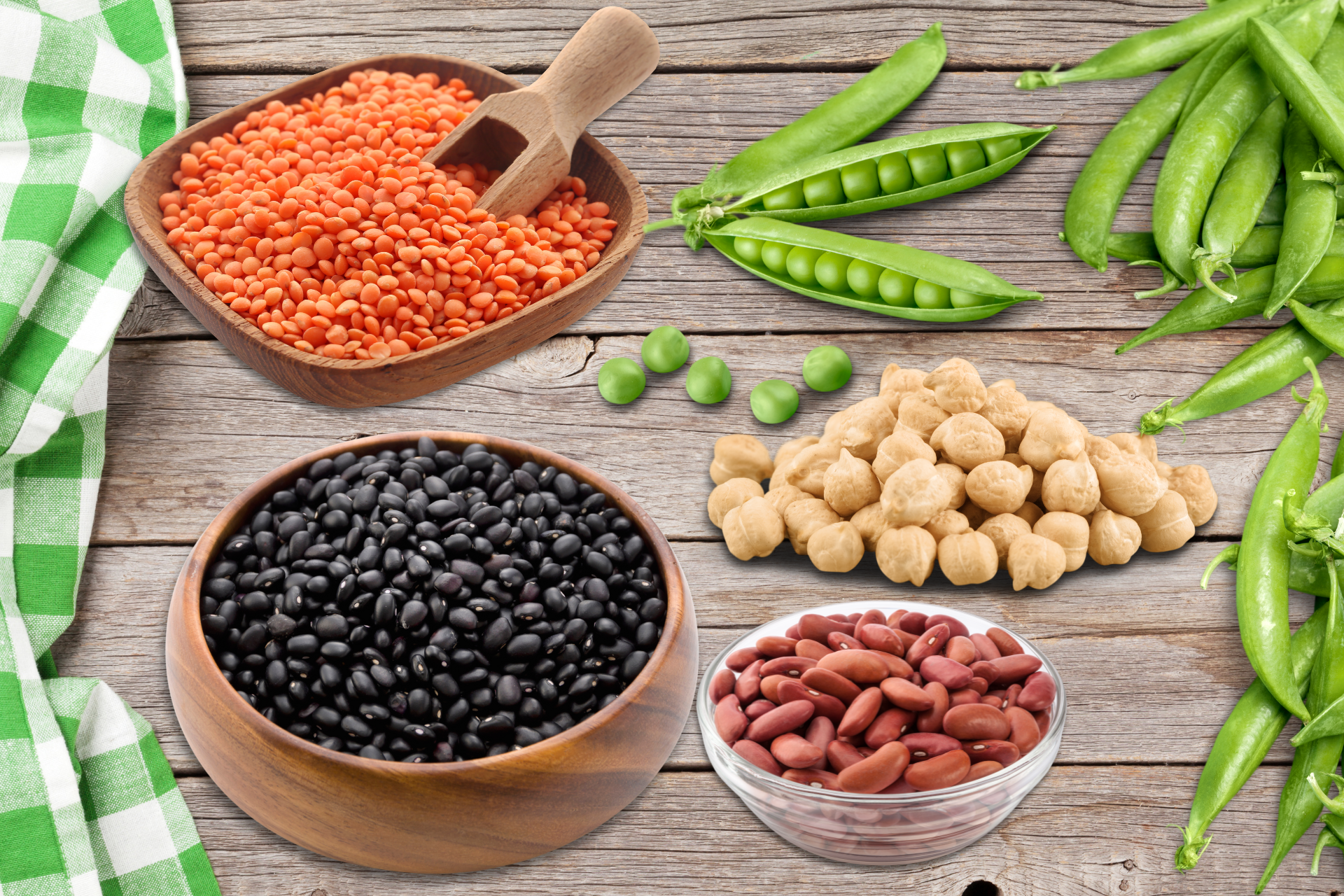
Lentils
All lentils are full of helpful nutrients and are cheap to buy. They have fiber in, as well as lectins, and polyphenols that help reduce the risk of heart disease, obesity, diabetes, and some cancers.
There is 8g of fiber in a 100g quantity of boiled lentils.
Black Beans
Along with a whole host of other benefits, black beans are reported to help protect your eyes against age-related macular degeneration and cataracts due to the high doses of antioxidants.
Studies also show that beans can lower the total amount of cholesterol and levels of ‘bad’ cholesterol in your blood, potentially reducing your risk of developing heart disease.
There is 2.4g of fiber in a 100g quantity of berries.
Chickpeas
Chickpeas are chock full of fiber. They help with digestion - especially as it involves a soluble fiber called raffinose.
This form of fiber is said to ‘increase the growth of lactic acid bacteria, suppress the growth of pathogenic bacteria, increase short-chain fatty acids, reduce constipation, inhibit the formation of putrefactive compounds from protein, and reduce the risk of cardiovascular diseases.’
There is a whopping 17g of fiber in a 100g quantity of chickpeas.
Kidney Beans
Kidney beans contain substantial amounts of resistant starch (which can play a role in weight management) as well as insoluble fibers known as alpha-galactosides.
It’s also one of the healthiest types of beans to use as a protein source, as it has slightly less fat and saturated fat than others.
Peas
While peas don’t contain quite as much as other legumes, there’s still just under 5 grams of fiber per cup.
There are lots of variations as well, so you won’t ever get bored if you decide to try them all out in your meals.
Edamame
Rich in healthy fiber and vitamin K, edamame makes for a really interesting and unique snack.
Vitamin K helps to make numerous proteins that are required for blood clotting and helping wounds to heal. Green leafy vegetables and some legumes have the highest amount of vitamin K in them.
In a half-cup serving of shelled edamame, you’ll find around 9 grams of fiber.
Nuts and Seeds

Chia Seeds
Rich in fiber, antioxidants, and heart-healthy omega-3 fatty acids - chia seeds are full of goodness.
They’ve been linked to improvement in risk factors for heart disease and diabetes and there are benefits for digestion and gut health too.
They are very easy to add to your diet as well, just put them in juices, porridge, smoothies, yogurt, and even cereal.
Almonds
Two research studies from 2012 and 2014 found that including almonds in your diet could reduce the risk of heart disease, specifically in overweight people.
More research, from the British Journal of Nutrition, has found that consuming nuts as part of a healthy diet, around 55g a day, is not only good for reducing the risk of heart disease but also has limited risk of weight gain.
In 100 grams of almonds, there’s around 12 g of fiber.
Flaxseeds
Like chia seeds, flaxseeds are just as simple to incorporate as they can be added on top of a whole range of foods and meals. Simply add a tablespoon of ground flaxseed to your breakfast or even in mayonnaise or mustard. You can bake it into other products as well.
There is 27g of fiber in a 100g quantity of flaxseed.
Chestnuts
They may be a little less common than the likes of almonds, but chestnuts are one of the most fiber-rich forms of nuts.
To get the most flavor out of them, roast the chestnuts in the oven and wait until they become lightly browned and aromatic. You’ll have a delicious snack and your house will smell incredible!
Hazelnuts
The fruit from the hazel tree, known as hazelnuts, contains around 10 g of fiber in 100 grams.
Although most hazelnuts are sold with the peel on, the best way to eat them is to remove the skin. If you’re not eager about the idea of eating them raw or roasted, grind the nut into flour for cake-like bread.
Health Benefits of High Fiber Foods

As we’ve established, a high-fiber diet can do a whole world of good for our bodies and people aren’t eating enough of it.
Some health benefits of eating high fiber foods include:
- Helps you live longer as it’s associated with a reduced risk of dying from cardiovascular disease and cancer
- Can help to achieve a healthy weight as high fiber foods are quite filling
- May control blood sugar levels for those with diabetes as soluble fiber can slow the absorption of sugar
- Lowers cholesterol levels and blood pressure
Incorporating High Fiber Foods Into Your Diet
Once you start paying attention to whether the foods you’re consuming are high in fiber or otherwise, it’s easier to then start making some subtle changes.
As a general rule, you should have at least one serving of whole grain in every meal. Choose whole grain variants where possible, like whole-grain bread and even whole-wheat flour or crackers. Switch over to brown rice from white rice too.
Consider switching out desserts for fresh fruit and make sure you’re eating at least five servings of fruits and vegetables each day.
Remember to keep everything in moderation though. Eating too much fiber can bring on health issues and cause gas, cramping, and belly pain.
People who are at risk of calcium oxalate kidney stones should watch their intake. If this is you, consider talking to your doctor before incorporating some of these high fiber foods into your diet.
For more articles on nutrition read:
